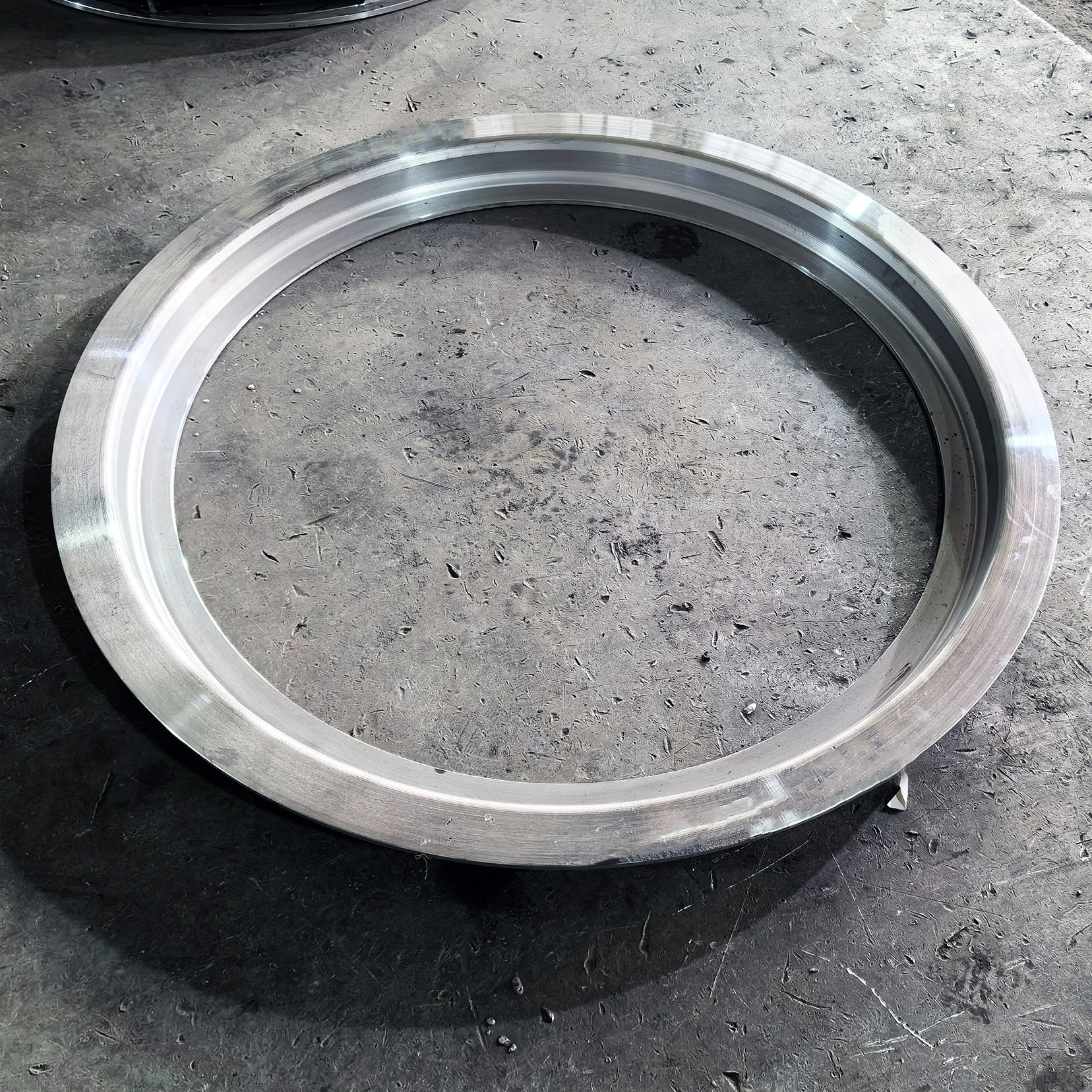දෙසැ. . 11, 2024 10:15 Back to list
Understanding the Properties and Applications of Ductile Iron in Casting Techniques
Ductile Iron The Versatile Cast Iron
Ductile iron, often referred to as nodular cast iron or spheroidal graphite iron, is a type of cast iron known for its impressive mechanical properties and versatility in applications. First developed in the 1940s, ductile iron has since revolutionized various industries, serving as a crucial material for components that require both toughness and durability.
One of the defining features of ductile iron is its unique microstructure, which consists of spherical nodules of graphite. Unlike traditional cast iron, where graphite appears as flakes, the spherical shape in ductile iron significantly enhances its strength and ductility. This transformation is achieved through the addition of small amounts of magnesium during the iron casting process. The magnesium treatment alters the solidification process, producing a spheroidal graphite structure that bestows ductile iron with its superior properties.
Ductile Iron The Versatile Cast Iron
Another significant advantage of ductile iron is its excellent castability. It can be poured into complex shapes and detailed designs, allowing for intricate component designs that might be challenging with other materials. This capacity for castability has made ductile iron a material of choice in the manufacturing of pipes, fittings, and automotive components, as it can be molded to meet specific requirements without compromising structural integrity.
ductile iron cast iron

Ductile iron also exhibits superior wear resistance compared to traditional cast iron, which is crucial for components subjected to abrasive conditions. This property is particularly valuable in applications such as mining equipment, where durability is essential for operational efficiency. Additionally, the material's ability to withstand impact and shock loading further enhances its appeal in industries requiring high-performance materials.
Corrosion resistance is another factor that contributes to ductile iron's popularity. While it is not entirely immune to corrosion, various surface treatments can improve its resistance, making it suitable for use in harsh environments. For instance, when protected with a suitable coating, ductile iron pipes are commonly used in municipal water systems, where longevity and resistance to environmental factors are vital.
Maintenance and repair of ductile iron components are also relatively straightforward. In cases of wear or damage, ductile iron can be welded or machined, thus enhancing its lifecycle and usability. This feature is beneficial for industries that rely on maintaining operational efficiency over extended periods.
As industries increasingly seek sustainable materials, ductile iron’s recyclability provides a compelling advantage. It is widely recyclable, allowing for the reuse of scrap iron, which contributes to reduced environmental impact associated with material production.
In conclusion, ductile iron stands out as a testament to the advancements in material science. Its impressive mechanical properties, versatility in applications, and sustainability make it a vital component in modern engineering and manufacturing. Whether in automotive, construction, or heavy machinery applications, ductile iron continues to prove its worth, making it an indispensable choice for engineers seeking robust solutions to meet the demands of today’s industries. As research advances and fabrication techniques improve, the potential for ductile iron is likely to expand, further solidifying its role in the future of material science and engineering design.
-
Durable Centrifugally Cast Iron Water Main Pipe
NewsAug.11,2025
-
Centrifugally Cast Iron Water Main Pipes for Reliability
NewsAug.10,2025
-
High-Quality Centrifugally Cast Iron Water Main Pipes
NewsAug.09,2025
-
Durable Cast Iron Water Main Pipe & Drainage Solutions
NewsAug.08,2025
-
Buy Cast Iron Pipe: Premium Ductile Iron & Drain Solutions
NewsAug.07,2025
-
Durable Cast Iron Water Main Pipe | Buy Ductile Pipe
NewsAug.06,2025


